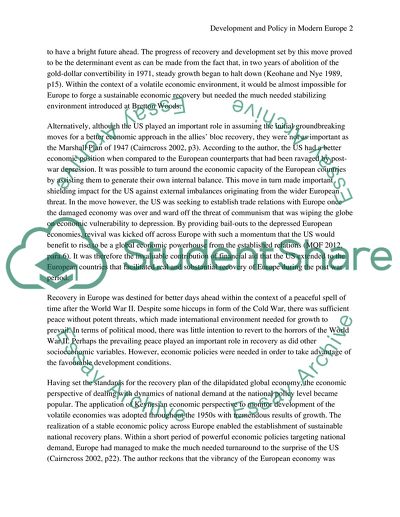Cite this document
(“Development and Policy in Modern Europe Essay Example | Topics and Well Written Essays - 1750 words - 1”, n.d.)
Development and Policy in Modern Europe Essay Example | Topics and Well Written Essays - 1750 words - 1. Retrieved from https://studentshare.org/macro-microeconomics/1588614-development-and-policy-in-modern-europe
Development and Policy in Modern Europe Essay Example | Topics and Well Written Essays - 1750 words - 1. Retrieved from https://studentshare.org/macro-microeconomics/1588614-development-and-policy-in-modern-europe
(Development and Policy in Modern Europe Essay Example | Topics and Well Written Essays - 1750 Words - 1)
Development and Policy in Modern Europe Essay Example | Topics and Well Written Essays - 1750 Words - 1. https://studentshare.org/macro-microeconomics/1588614-development-and-policy-in-modern-europe.
Development and Policy in Modern Europe Essay Example | Topics and Well Written Essays - 1750 Words - 1. https://studentshare.org/macro-microeconomics/1588614-development-and-policy-in-modern-europe.
“Development and Policy in Modern Europe Essay Example | Topics and Well Written Essays - 1750 Words - 1”, n.d. https://studentshare.org/macro-microeconomics/1588614-development-and-policy-in-modern-europe.


